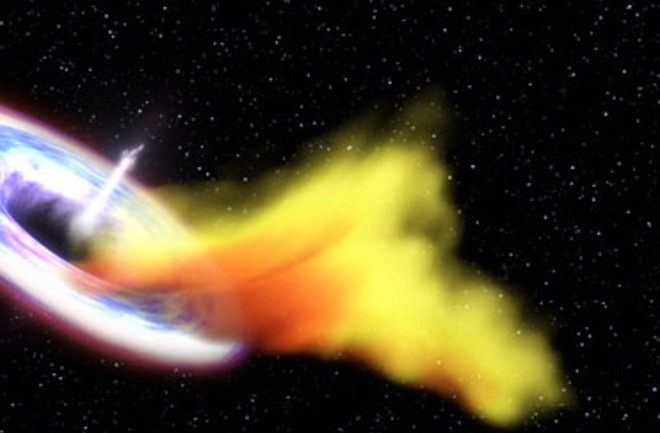#79: Sonic Black Hole Created in Lab
No atoms could escape the void within the cloud: “It’s like trying to swim upstream in a river whose current is faster than you.”
Dec 22, 2009 6:00 AMNov 12, 2019 6:20 AM

NASA Goddard Space Flight Center/CI Lab
Newsletter
Sign up for our email newsletter for the latest science news
0 free articles left
Want More? Get unlimited access for as low as $1.99/month
Stay Curious
Sign up for our weekly newsletter and unlock one more article for free.
View our Privacy Policy
Want more?
Keep reading for as low as $1.99!
Already a subscriber?
Find my Subscription
More From Discover
Stay Curious
Subscribe
To The Magazine
Save up to 40% off the cover price when you subscribe to Discover magazine.
Copyright © 2025 LabX Media Group
